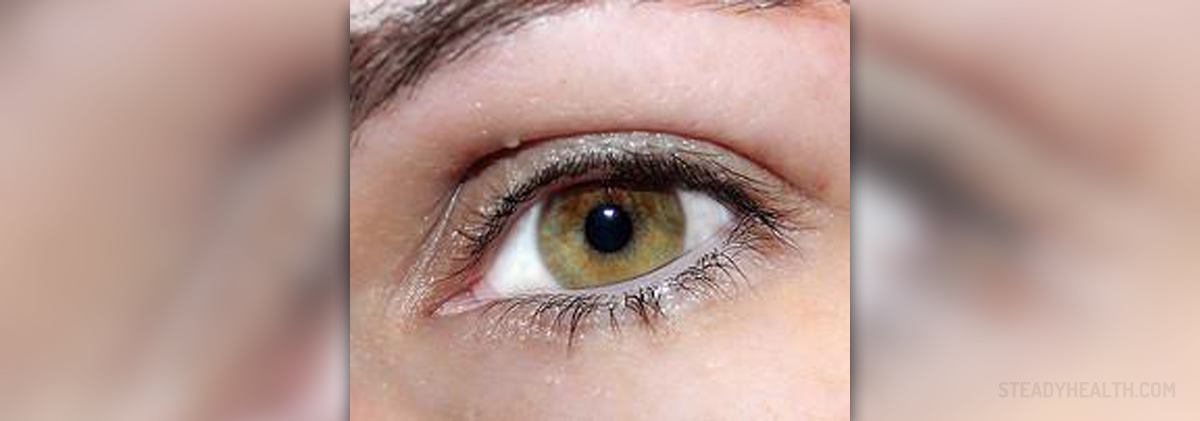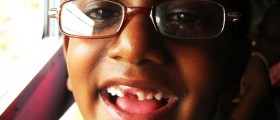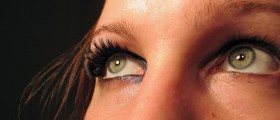
Near sightedness
For the most part, myopia is caused by a natural change in the shape of the eyeball. However, in some cases, near sightedness can be caused by a changing of the cornea or the lens. Problems such as this can lead to light rays entering the eyes improperly. Normally, light focuses directly on the retina, but with this condition, the proper focusing of the light can be negatively affected. Unfortunately, there is nothing that one can do in order to prevent the onset of near sightedness.
The primary symptom of myopia is blurred vision when looking at distant objects. Some people might have trouble when it comes to seeing clearly. This can be true particularly with regard to seeing images or words on a blackboard, movie screen, or television. As a result, one might experience problems with school, athletic, or work performance. Squinting or frowning can be a good indication of near sightedness. Other potential indications of myopia can be if one gets frequent headaches, or holds books or other objects very close to the face. If you think that you or your child is suffering from myopia, then it might be necessary to see an eye care specialist. The prompt and early treatment of near sightedness can lead to the prevention of embarrassment or problems for those suffering from the condition, particularly children.
Normally, the problem begins in childhood, or between the ages of six and twelve. The problem can worsen during the teenage period, with the eyeballs continuing to grow during this time. It might be necessary for teenagers to require the fitting of new eye glasses every twelve months or less. Normally, the problem will stop worsening by the age of fourteen to sixteen years old in women, and the mid twenties in men. For the most part, near sightedness stabilizes at a relatively mild or moderate level. This condition should be diagnosed as early as is possible.

















Your thoughts on this
Loading...